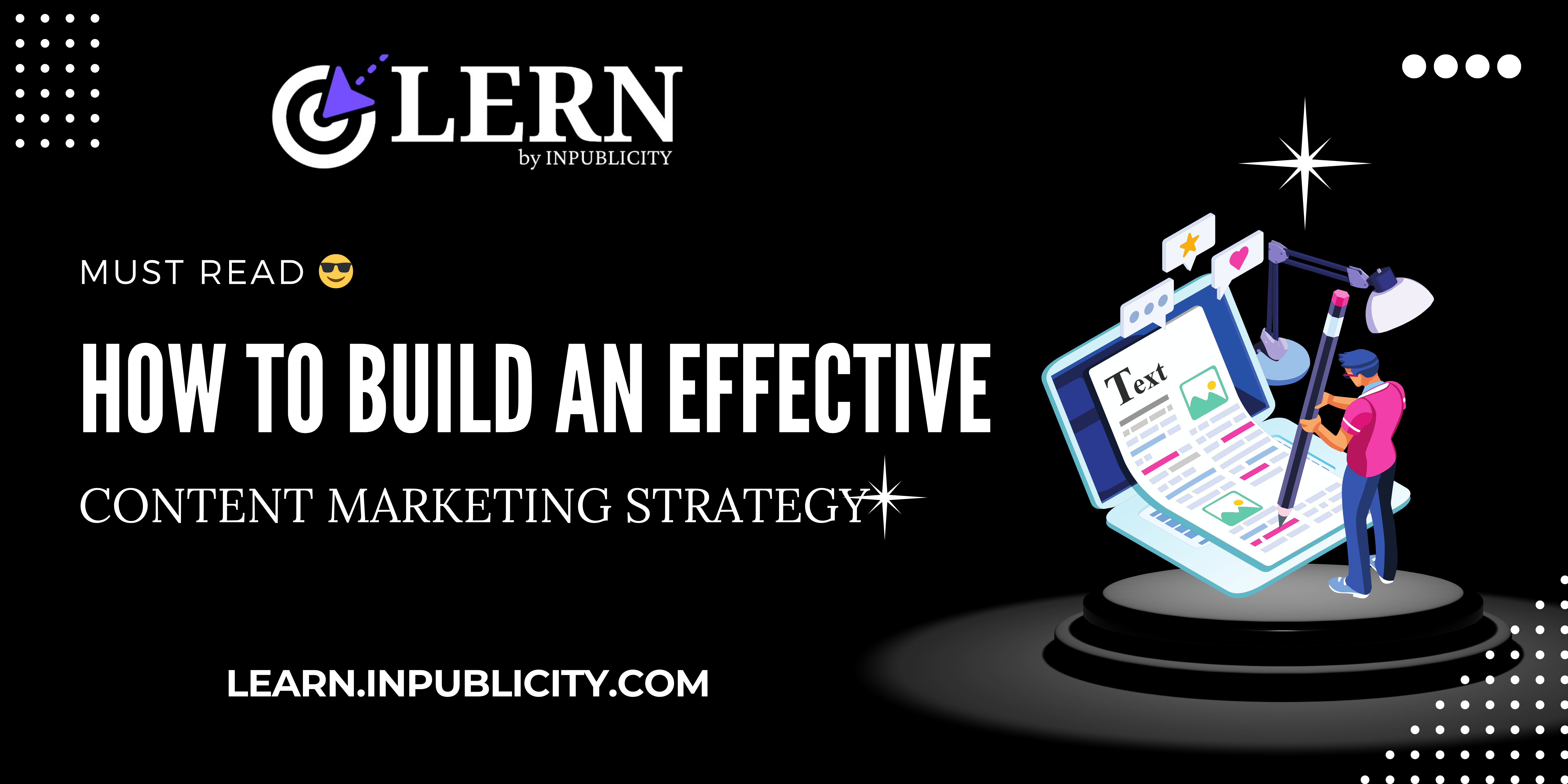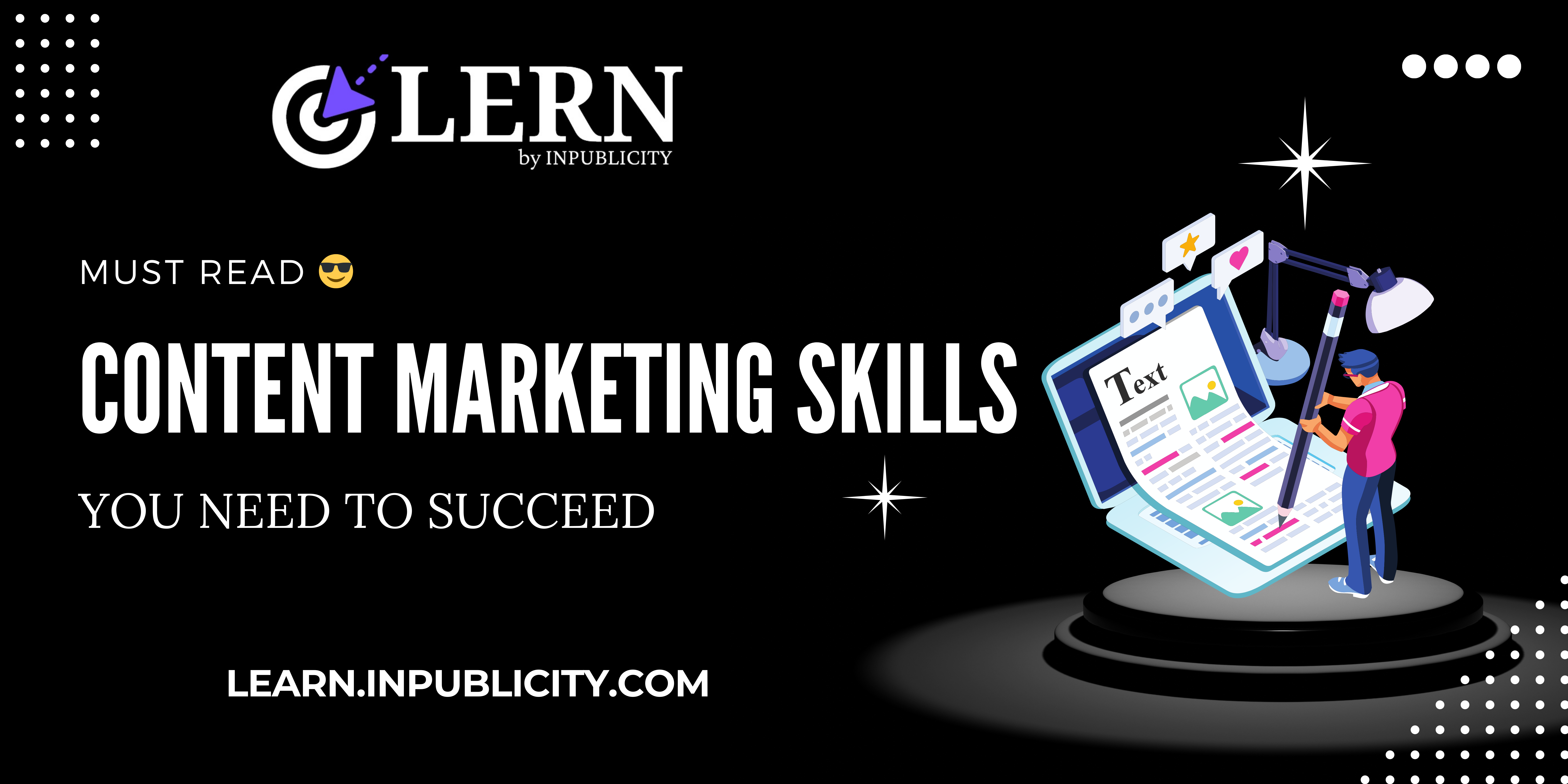The Pros and Cons of AI-Generated Content
Tue, 26 Dec 2023

Follow the stories of academics and their research expeditions

Content marketing is crucial for almost every type of business, whether it's selling to other businesses or directly to consumers. In today's information-packed world, content marketing is vital because it helps you connect with potential customers early on, even before they're ready to make a purchase.
Providing a variety of helpful content ensures that when the customer is ready to buy, they're more likely to think of your brand first, thanks to the content that guided their decision-making process.
Your plan for sharing information, also known as content marketing strategy, is like a roadmap for your business. It's how you decide what content to create, how to manage it, and where to share it. This includes keeping track of how well your content is doing.
In this plan, you'd often use a content calendar. It's like a schedule that breaks down what content you'll work on and share throughout the year or quarter.
Before you start planning, think about why you want to create content. What's the main goal? Are you aiming for better search engine visibility, or maybe promoting a product through a webinar? Understanding the "why" helps set clear goals for each piece of content.

B2B marketers with a carefully planned content strategy tend to do better than those without one. Creating content strategically involves key steps, such as knowing your audience, being clear about a piece of content's purpose in the sales funnel, and planning when to promote it.
If you've been making content without a clear plan, consider doing a content audit. If you're handling it internally, collaborate with your content team and marketing plan. Make a detailed list of all content assets, including email marketing and social media posts. Check your current engagement stats and use them as a benchmark after implementing your new content strategy.
Don't view your content marketing plan as unchanging. It should grow with the overall business goals for ongoing support of overall growth. Establish basic content marketing goals to track progress. Regularly assess the impact of your content to enhance effectiveness and proactively plan communications and campaigns.
Maintain high content production by setting productivity KPIs. For instance, track the number of monthly or quarterly blog posts and webinars you aim to complete.
Understanding your main customers and stakeholders is crucial for business success. To achieve this, begin by clearly identifying who your customers are, how they engage with your organization throughout their journey, and what drives them to strengthen their connection with your brand.
Utilizing a social listening tool becomes valuable in this process. This tool monitors conversations within your target audience, revealing opportunities for your brand to assist. It also provides insights into where these conversations are taking place. Leveraging this data, you can determine the content to create and strategically decide where to share it.
With your personas in place, it’s important that you understand what the decision-making process is like for each of them, putting yourself in the shoes of your prospects and customers. The type of content that you’ll need to create for someone in the awareness phase is very different than the content a prospect about to make a final decision will need. Think about their questions, concerns, and information gaps that you can address on your website, via your blog, in video content, and other places.
Work with your content team and internal stakeholders to create a customer journey map - outlining the journey that customers take as they learn about your company, buy your products, and telling others about them. Knowing this information, you can be far more strategic with how you communicate with them. Be sure to share the map with other teams as well - this helps ensure that sales, marketing, and customer success teams are on the same page—and keeps everyone’s focus on the customer.
Publishing and promoting content can seem like a big job when you've got several channels to publish on at the same time. Tools like Meltwater's Social Media Publishing platform allow you to take control of your content scheduling and publishing with a social media management tool that's built for marketing and PR professionals.
Once your content has been published, your job is not done. Now comes the most important part - make sure it gets seen by the most relevant eyes, so you can increase conversions, and measuring the metrics to see how you're pacing against your goals. Within the same Meltwater tool, it provides your social analytics and PR coverage monitoring in one place.
Finally, avoid the mistake that many companies make by thinking their content is only relevant once. Your content doesn't have to lose its value quickly after the first publish. Instead, consider updating your article regularly and exploring ways to repurpose it, like turning it into a video or breaking it into smaller pieces for platforms like TikTok or Instagram Reels. Keep finding new ways to share your content multiple times even after it's initially published.

Many businesses worry about consistently making top-notch content. To tackle this, it's crucial to have a solid plan for creating content and enough writers to make it happen. This ensures a steady flow of high-quality content.
As you shape your content creation strategy, use the information you gathered earlier to talk about content ideas with your team and connect them to your goals. This is also the time to figure out what kind of content your audience likes and the platforms they use. A content planner or editorial calendar can be handy for keeping all your content ideas and schedules organized.
Tue, 26 Dec 2023

Tue, 26 Dec 2023

Mon, 25 Dec 2023

Leave a comment